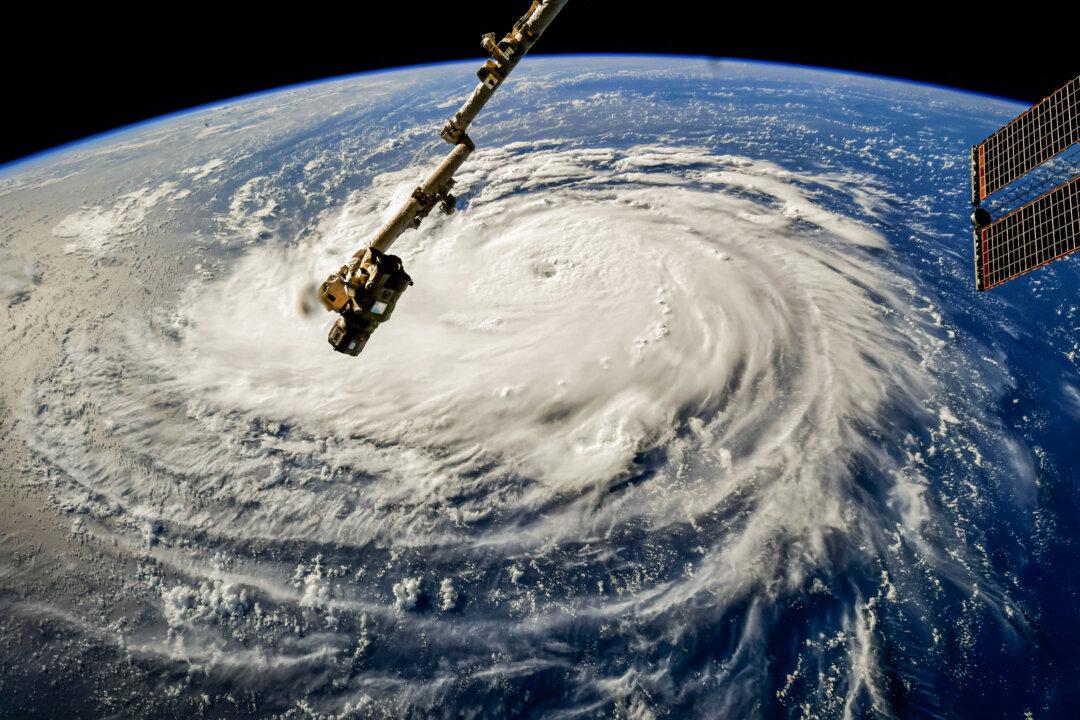The 2024 Atlantic hurricane season has been forecast to be “extremely active,” meteorologists at a prominent university say.
Researchers with Colorado State University (CSU) released their yearly Atlantic hurricane season forecast on April 4, calling for 23 named storms, including 12 tropical storms and 11 hurricanes. Of the hurricanes, five are predicted to become “major,” or Category 3 or higher on the Saffir-Simpson scale.





